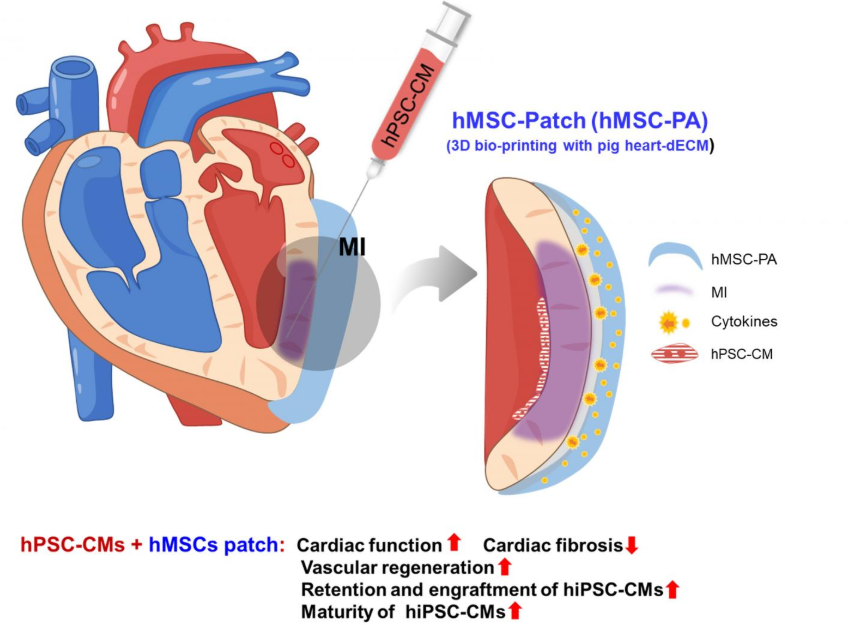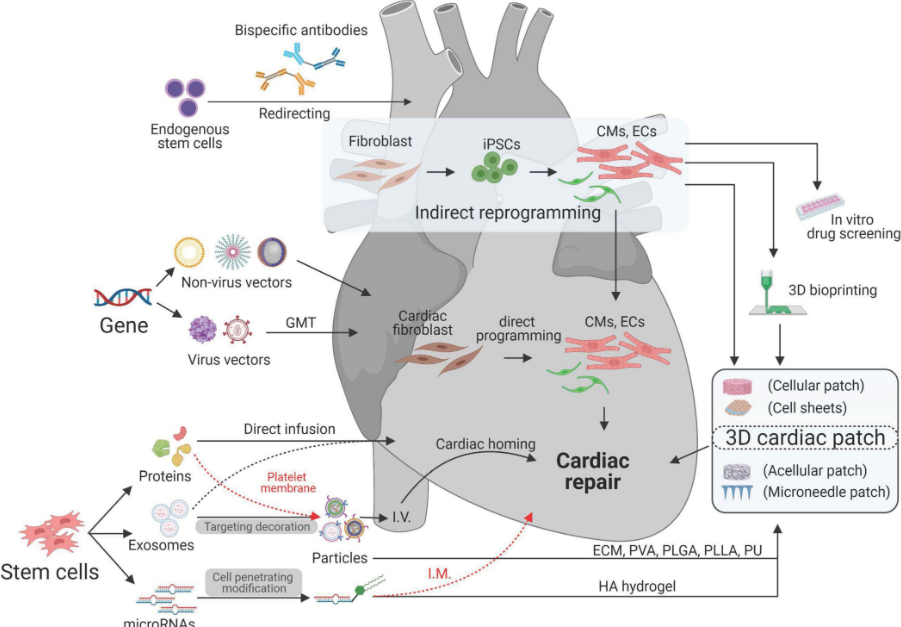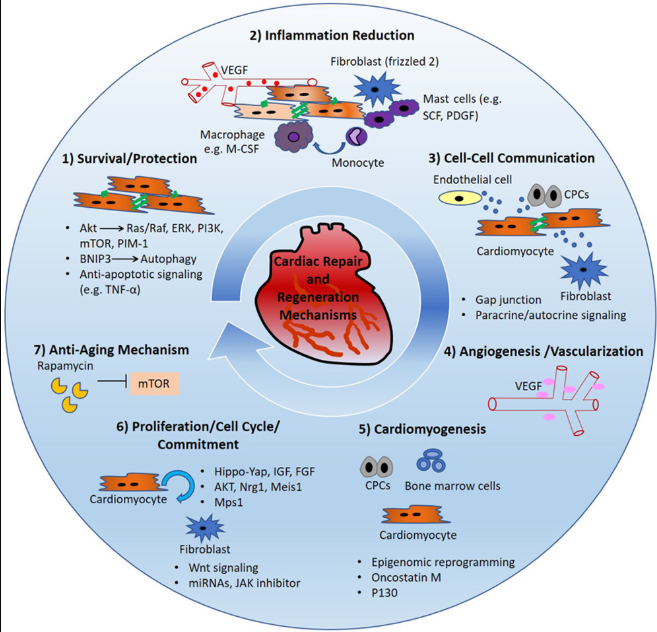Regenerative medicine breakthrough could finally heal damaged hearts – what you need to know now is changing how America views heart disease treatment. With new discoveries in stem cell technology, heart tissue regeneration, and bioengineered patches, scientists are giving new hope to millions of U.S. patients suffering from heart failure.

Understanding Regenerative Medicine and Why It Matters
Regenerative medicine refers to advanced techniques that allow the body to repair or regenerate damaged tissues using stem cells, gene editing, or engineered tissues. In heart care, this means repairing the heart muscle after damage — such as from a heart attack — without needing a transplant or long-term medication.

Why This Matters for the U.S.
- Heart disease is the #1 cause of death in America.
- Over 6.2 million U.S. adults have heart failure (CDC, 2024).
- Most treatments only manage symptoms, not repair the heart.

Regenerative medicine offers a real solution — healing the heart and restoring function.
New Advances in Heart Tissue Regeneration
Key Developments Driving This Breakthrough:
| Innovation | Description | Impact |
|---|---|---|
| Stem Cell Heart Patches | Lab-grown tissue attached to damaged heart muscle | Improves strength, reduces damage |
| Reprogrammed Blood Cells | Turning adult cells into heart cells | Boosts repair without rejection risk |
| Gene-Activated Regrowth | Stimulates dormant heart cells after a heart attack | Enables natural regeneration inside the body |
| Scaffold-Based Engineering | Uses biodegradable materials to support new tissue growth | Helps reshape and rebuild heart structure |
| Injectable Regenerative Gels | Directly injects healing agents into the heart | Minimally invasive and effective |
Clinical Trial Success Stories in the USA
U.S. trials have shown exciting results. One major example involved a woman whose heart was failing. She received a stem cell heart patch, and instead of worsening, her heart stabilized before she even got her transplant.
This case, and many more like it, shows that regenerative medicine isn’t just future theory — it’s saving American lives now.
How Regenerative Medicine Works for Heart Repair
This field combines biology, medicine, and engineering to:
- Replace damaged heart muscle
- Stimulate the body’s repair systems
- Avoid the need for full transplants or devices
Treatments are being tested in hospitals and research centers across the USA — with strong early outcomes especially for seniors and heart attack survivors.
Who Benefits Most in the U.S.?
The biggest impact will be on:
- Heart attack survivors with limited heart function
- Older patients who can’t undergo open-heart surgery
- Rural communities with limited access to long-term cardiac care
These advancements can lower costs for U.S. healthcare and bring new hope to underserved regions.
Future Outlook for the USA: Cost, Access & Scalability
If adopted widely, regenerative heart treatments could:
- Reduce annual treatment costs by up to 40%
- Help nearly 1 in 3 heart patients avoid surgery or transplant
- Cut emergency readmission rates for congestive heart failure
Conclusion: Why This Matters Now More Than Ever
Regenerative medicine is no longer a futuristic concept. It is being tested, applied, and even saving lives in America right now. For the 6+ million heart failure patients in the U.S., this innovation may mean avoiding transplant lists, reducing hospital stays, and living longer.
With proper funding, research, and FDA support, regenerative heart repair could soon be a standard part of U.S. care.
[USnewsSphere.com / ls.]





